Themed collection Quantum effects in complex systems

Quantum effects in complex systems: summarizing remarks
Quantum mechanical phenomena such as coherence, spin dynamics, and tunneling have been observed in biological, electrochemical, polymeric, and many other condensed phase processes. This paper summarizes the diverse contributions to the Faraday Discussion on quantum effects in complex systems.
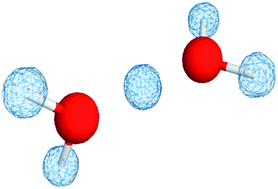
Faraday Discuss., 2020,221, 582-588
https://doi.org/10.1039/C9FD00097F
Path integral methods for reaction rates in complex systems
We shall use this introduction to the Faraday Discussion on quantum effects in complex systems to review the recent progress that has been made in using imaginary time path integral methods to calculate chemical reaction rates.
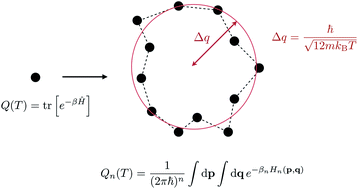
Faraday Discuss., 2020,221, 9-29
https://doi.org/10.1039/C9FD00084D
OLEDs as models for bird magnetoception: detecting electron spin resonance in geomagnetic fields
OLEDs offer a device-based window to spin physics underlying the radical-pair mechanism invoked to explain avian magnetoception.
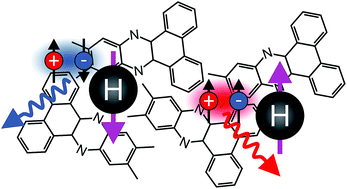
Faraday Discuss., 2020,221, 92-109
https://doi.org/10.1039/C9FD00047J
Exploring the capabilities of optical pump X-ray probe NEXAFS spectroscopy to track photo-induced dynamics mediated by conical intersections
In the present contribution we introduce an accurate theoretical approach for the simulation of NEXAFS spectra of organic molecules, employing azobenzene as a test case.
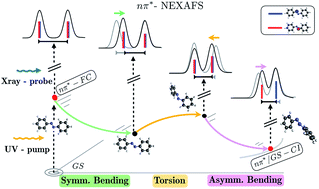
Faraday Discuss., 2020,221, 245-264
https://doi.org/10.1039/C9FD00073A
Improved population operators for multi-state nonadiabatic dynamics with the mixed quantum-classical mapping approach
Application to the 7-state Frenkel-exciton Hamiltonian for the Fenna–Matthews–Olson complex shows that using a different representation of the electronic population operators can drastically improve the accuracy of the quasiclassical mapping approach without increasing the computational effort.
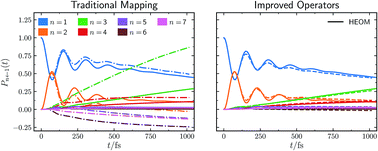
Faraday Discuss., 2020,221, 150-167
https://doi.org/10.1039/C9FD00050J
Limits of exciton delocalization in molecular aggregates
Limits for exciton delocalization and comparison to the Kuramoto model of coupled phase oscillators.
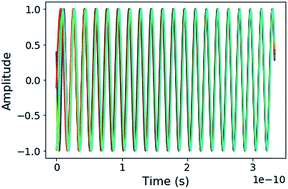
Faraday Discuss., 2020,221, 265-280
https://doi.org/10.1039/C9FD00064J
Variety, the spice of life and essential for robustness in excitation energy transfer in light-harvesting complexes
We review our recent work showing how important the site-to-site variation in coupling between chloroplasts in FMO and their protein scaffold environment is for energy transport in FMO and investigate the role of vibronic modes in this transport.
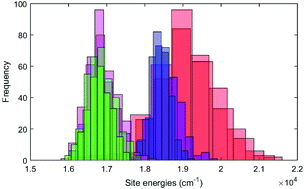
Faraday Discuss., 2020,221, 59-76
https://doi.org/10.1039/C9FD00081J
On the arrangement of chromophores in light harvesting complexes: chance versus design
We used a homogeneous computational approach to derive the excitonic Hamiltonian for five light harvesting complexes containing only one type of chromophore and studied their approximate exciton dynamics.
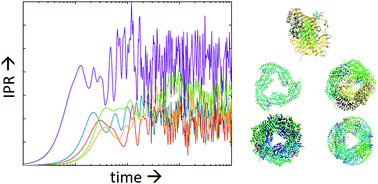
Faraday Discuss., 2020,221, 133-149
https://doi.org/10.1039/C9FD00045C
Challenges in constructing accurate methods for hydrogen transfer reactions in large biological assemblies: rare events sampling for mechanistic discovery and tensor networks for quantum nuclear effects
We present two methods that address the computational complexities arising in hydrogen transfer reactions in enzyme active sites.

Faraday Discuss., 2020,221, 379-405
https://doi.org/10.1039/C9FD00071B
An experimental and computational study of the effect of aqueous solution on the multiphoton ionisation photoelectron spectrum of phenol
We revisit the photoelectron spectroscopy of aqueous phenol in an effort to improve our understanding of the impact of inhomogeneous broadening and inelastic scattering on solution-phase photoelectron spectra.
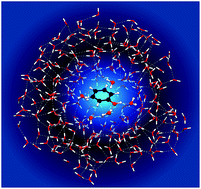
Faraday Discuss., 2020,221, 202-218
https://doi.org/10.1039/C9FD00079H
Time-resolved spectra of I2 in a krypton crystal by G-MCTDH simulations: nonadiabatic dynamics, dissipation and environment driven decoherence
Time- and frequency-resolved pump-probe spectra of I2 in a krypton crystal are calculated and analyzed using high-dimensional multi-state quantum dynamics by the Gaussian-based multi-configuration time-dependent Hartree (G-MCTDH) method.
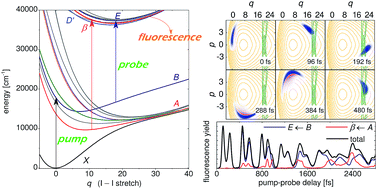
Faraday Discuss., 2020,221, 30-58
https://doi.org/10.1039/C9FD00065H
Quantum proton tunneling in multi-electron/-proton transfer electrode processes
Quantum proton tunneling in multi-electron/-proton transfer electrode processes were investigated in order to understand their possible microscopic mechanisms.
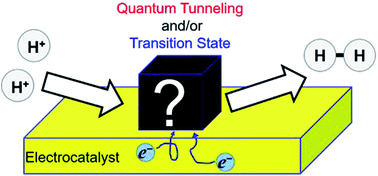
Faraday Discuss., 2020,221, 428-448
https://doi.org/10.1039/C9FD00032A
Towards a spectroscopic protocol for unambiguous detection of quantum coherence in excitonic energy transport
We propose a witness for quantum coherence in EET that can be extracted directly from two-pulse pump–probe spectroscopy experimental data.

Faraday Discuss., 2020,221, 110-132
https://doi.org/10.1039/C9FD00068B
Exciton dissociation and charge separation at donor–acceptor interfaces from quantum-classical dynamics simulations
Nonadiabatic dynamics simulations based on the quantum-classical Liouville equation are employed to study the real-time dynamics of exciton dissociation and charge separation at a model donor–acceptor interface.
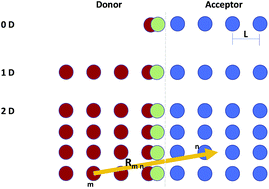
Faraday Discuss., 2020,221, 547-563
https://doi.org/10.1039/C9FD00069K
How quantum is radical pair magnetoreception?
Semiclassical methods cannot accurately simulate magnetic field effects relevant to avian magnetoreception, which may therefore deserve the label “quantum biology”.
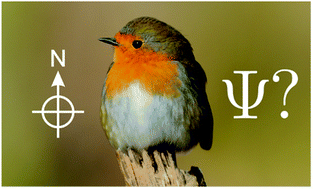
Faraday Discuss., 2020,221, 77-91
https://doi.org/10.1039/C9FD00049F
Temperature dependence of the vibrational spectrum of porphycene: a qualitative failure of classical-nuclei molecular dynamics
Approximate quantum dynamics succeed in predicting a temperature-dependent blue-shift of the high-frequency stretch bands that arise from vibrational coupling between low-frequency thermally activated modes and high-frequency quantized ones. Classical nuclei molecular dynamics fail and instead predict a red-shift.
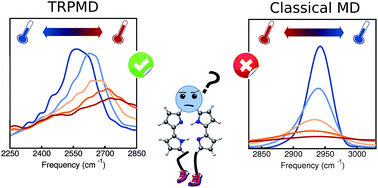
Faraday Discuss., 2020,221, 526-546
https://doi.org/10.1039/C9FD00056A
Modeling multidimensional spectral lineshapes from first principles: application to water-solvated adenine
We theoretically describe spectral lineshape from first principles, providing insight into solvent–solute interactions in terms of static and dynamic disorder and how these shape experimental signals in linear and non-linear optical spectroscopies.
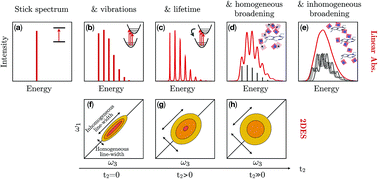
Faraday Discuss., 2020,221, 219-244
https://doi.org/10.1039/C9FD00072K
First-principles quantum simulations of exciton diffusion on a minimal oligothiophene chain at finite temperature
Quantum dynamical simulations for a 20-site oligothiophene chain at finite temperature highlight the stochastic driving of exciton–polarons by torsional fluctuations.
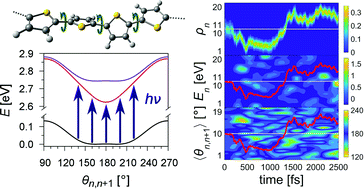
Faraday Discuss., 2020,221, 406-427
https://doi.org/10.1039/C9FD00066F
Which quantum statistics–classical dynamics method is best for water?
We make a systematic comparison of TRPMD, CMD, QCMD and LSC-IVR by calculating the infrared spectrum of water in its gas, liquid and ice phases.

Faraday Discuss., 2020,221, 350-366
https://doi.org/10.1039/C9FD00077A
Using spectroscopy to probe relaxation, decoherence, and localization of photoexcited states in π-conjugated polymers
We use the coarse-grained Frenkel–Holstein model to simulate the relaxation, decoherence, and localization of photoexcited states in conformationally disordered π-conjugated polymers.
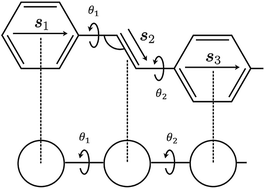
Faraday Discuss., 2020,221, 281-298
https://doi.org/10.1039/C9FD00054B
Nonadiabatic dynamics with quantum nuclei: simulating charge transfer with ring polymer surface hopping
Exploring effects of quantizing nuclei in non-adiabatic dynamics for simulating charge transfer in a dimer of “ethylene-like-molecules” at different temperatures.
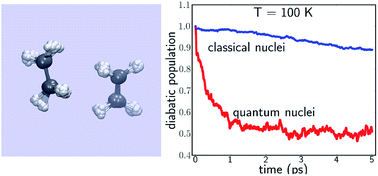
Faraday Discuss., 2020,221, 501-525
https://doi.org/10.1039/C9FD00046A
Vibrational coherence and quantum yield of retinal-chromophore-inspired molecular switches
UV-Vis transient absorption (TA) spectroscopy is used to carry out a systematic investigation of the ultrafast C![[double bond, length as m-dash]](https://www.rsc.org/images/entities/char_e001.gif) C double photoisomerization dynamics and quantum yield of each isomer of a set of six chromophores based on the same retinal-inspired, indanylidene pyrrolinium (IP) molecular framework.
C double photoisomerization dynamics and quantum yield of each isomer of a set of six chromophores based on the same retinal-inspired, indanylidene pyrrolinium (IP) molecular framework.
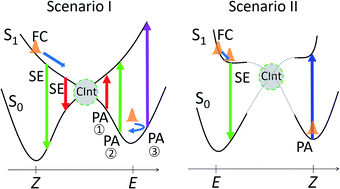
Faraday Discuss., 2020,221, 299-321
https://doi.org/10.1039/C9FD00062C
Classical and nonclassical effects in surface hopping methodology for simulating coupled electronic-nuclear dynamics
In this paper, we analyze the detailed quantum-classical behavior of two alternative approaches to simulating molecular dynamics with electronic transitions: the popular fewest switches surface hopping (FSSH) method, introduced by Tully in 1990 [Tully, J. Chem. Phys., 1990, 93, 1061] and our recently developed quantum trajectory surface hopping (QTSH) method [Martens, J. Phys. Chem. A, 2019, 123, 1110].
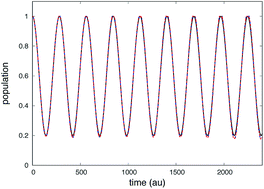
Faraday Discuss., 2020,221, 449-477
https://doi.org/10.1039/C9FD00042A
What are the signatures of tunnelling in enzyme-catalysed reactions?
Computed tunnelling contributions and correlations between apparent activation enthalpy and entropy are explored for the interpretation of enzyme-catalysed H-transfer reactions.
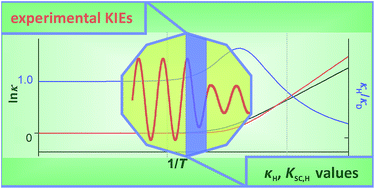
Faraday Discuss., 2020,221, 367-378
https://doi.org/10.1039/C9FD00044E
Zero-point energy and tunnelling: general discussion
Faraday Discuss., 2020,221, 478-500
https://doi.org/10.1039/C9FD90075F
Quantum coherence in complex environments: general discussion
Faraday Discuss., 2020,221, 168-201
https://doi.org/10.1039/C9FD90076D
Spectroscopic signatures of quantum effects: general discussion
Faraday Discuss., 2020,221, 322-349
https://doi.org/10.1039/C9FD90074H
Emerging opportunities and future directions: general discussion
Faraday Discuss., 2020,221, 564-581
https://doi.org/10.1039/C9FD90077B
About this collection
We are delighted to share with you a selection of the papers which will be presented at our Faraday Discussion on Quantum effects in complex systems taking place in Coventry, UK in September 2019. More information about the event may be found here: http://rsc.li/quantumeffects-fd2019. Additional articles will be added to the collection as they are published. The final versions of all the articles presented and a record of the live discussions will be published after the event.
The challenge of understanding nuclear quantum effects in complex, many-particle systems has led to rapid growth in the development of new theoretical and experimental tools aimed at providing an atomic-level view of quantum effects. New simulation methods, such as centroid molecular dynamics, ring-polymer molecular dynamics and the linearized semi-classical initial value representation provide computationally-efficient routes to calculating quantum-dynamical properties in complex systems. Meanwhile new experimental methods such as time-resolved, 2-dimensional spectroscopy provide increasingly sophisticated insights into the subtle role of quantum coherence in system sizes that reach into the realms of biological complexes and conjugated polymers. These coupled developments in both theory and experiment will undoubtedly lead to new insights into chemical processes in which quantum effects play an important role, including:
- Biological and artificial photosynthesis
- Hydrogen storage materials
- Proton transfer in fuel cell materials
- Animal magnetoreception
- Tunnelling in enzyme-catalyzed reactions
- Chemical reactivity at low temperatures
- Electron transport in organic polymers
This Faraday Discussion aims to provide a snapshot of the current state-of-the-art, while simultaneously acting as a forum to discuss ideas which span the experimental/theoretical domains.
Bringing together researchers who are interested in developing and applying methods that can be used to understand the role of quantum effects in complex systems, the meeting will appeal to those focussed on “many-particle” systems, including liquids, solids, biological complexes, and nanoparticles.